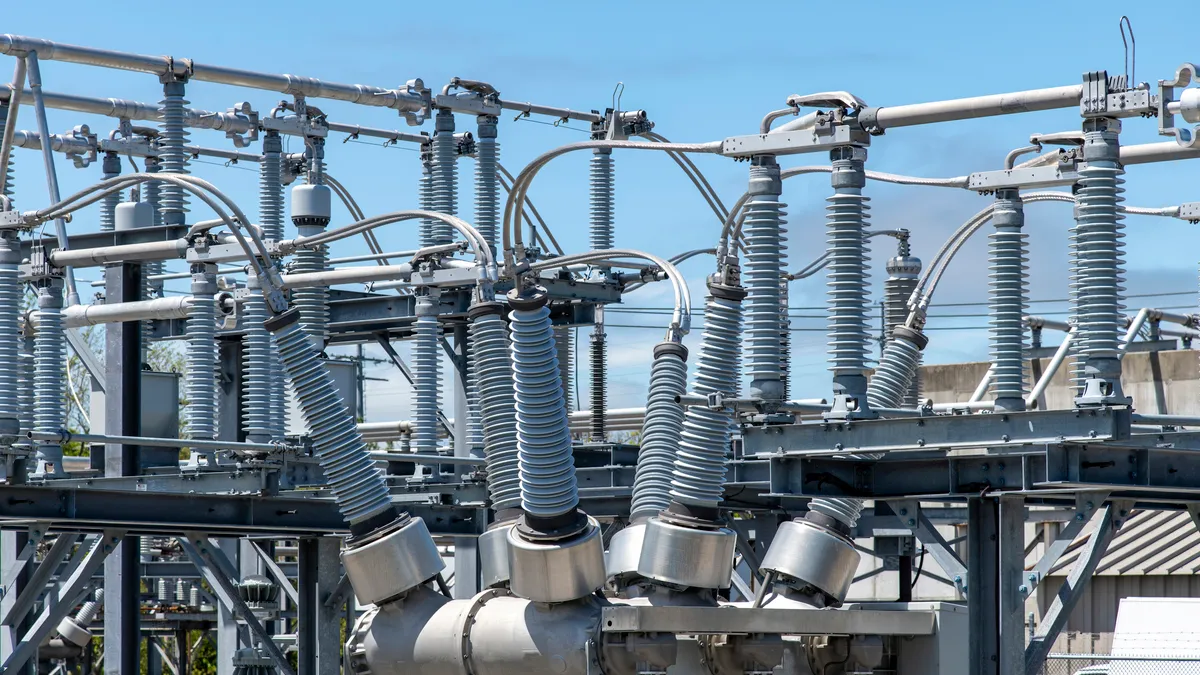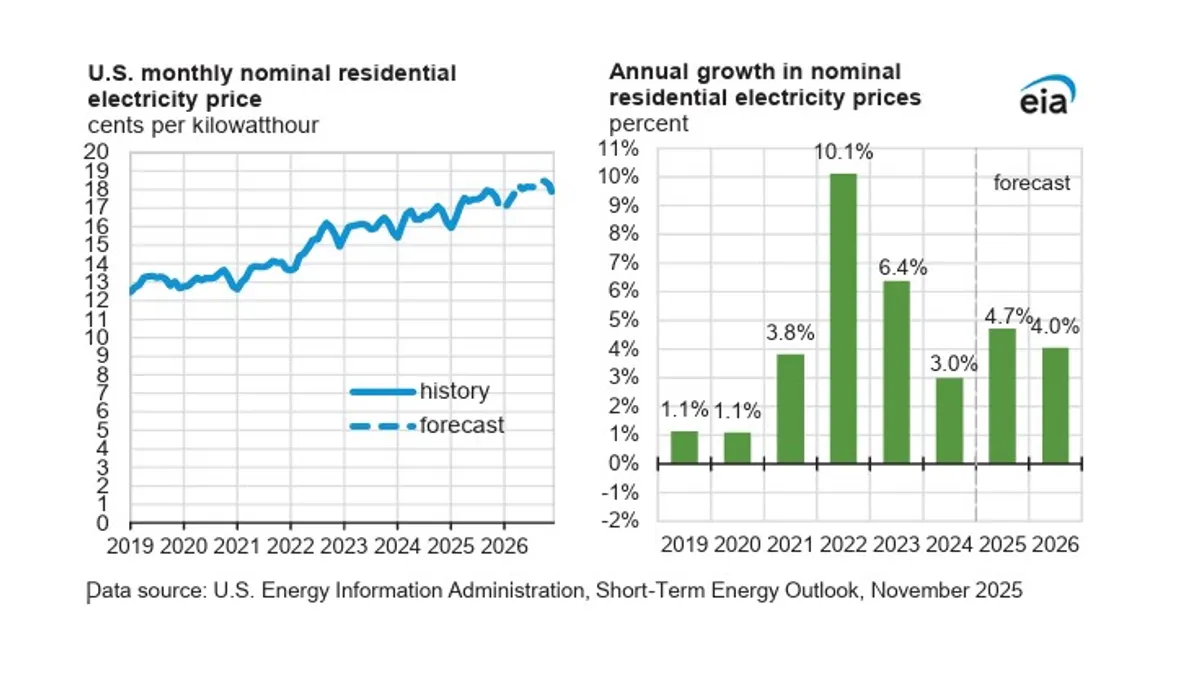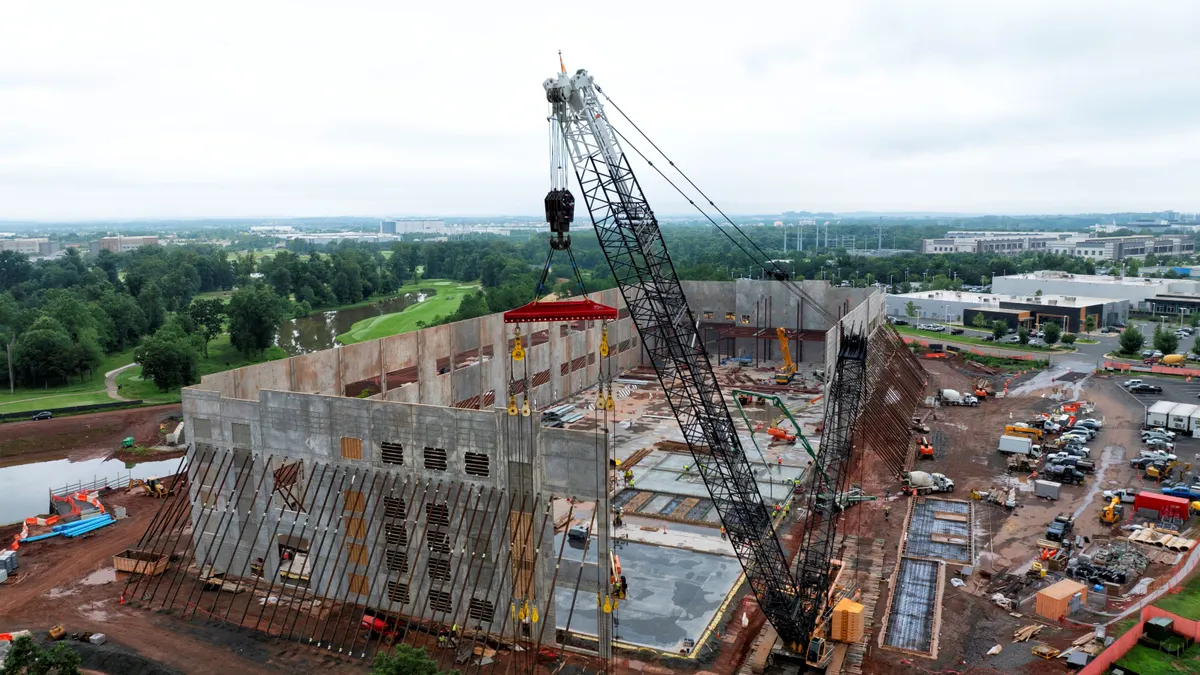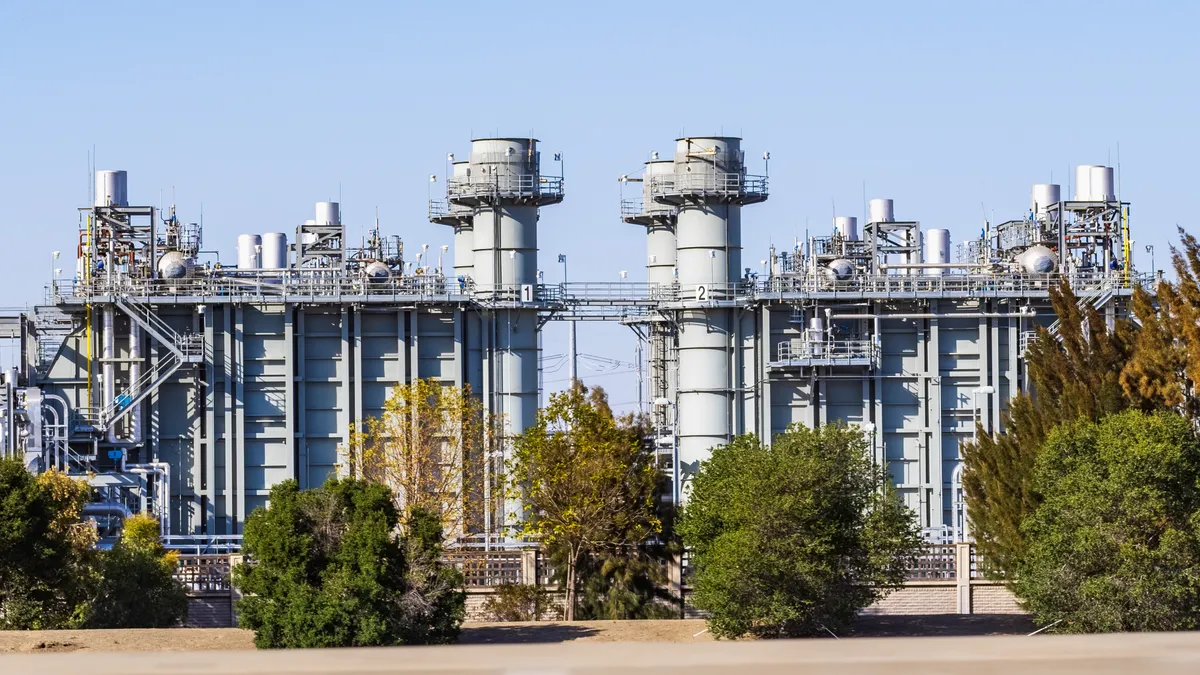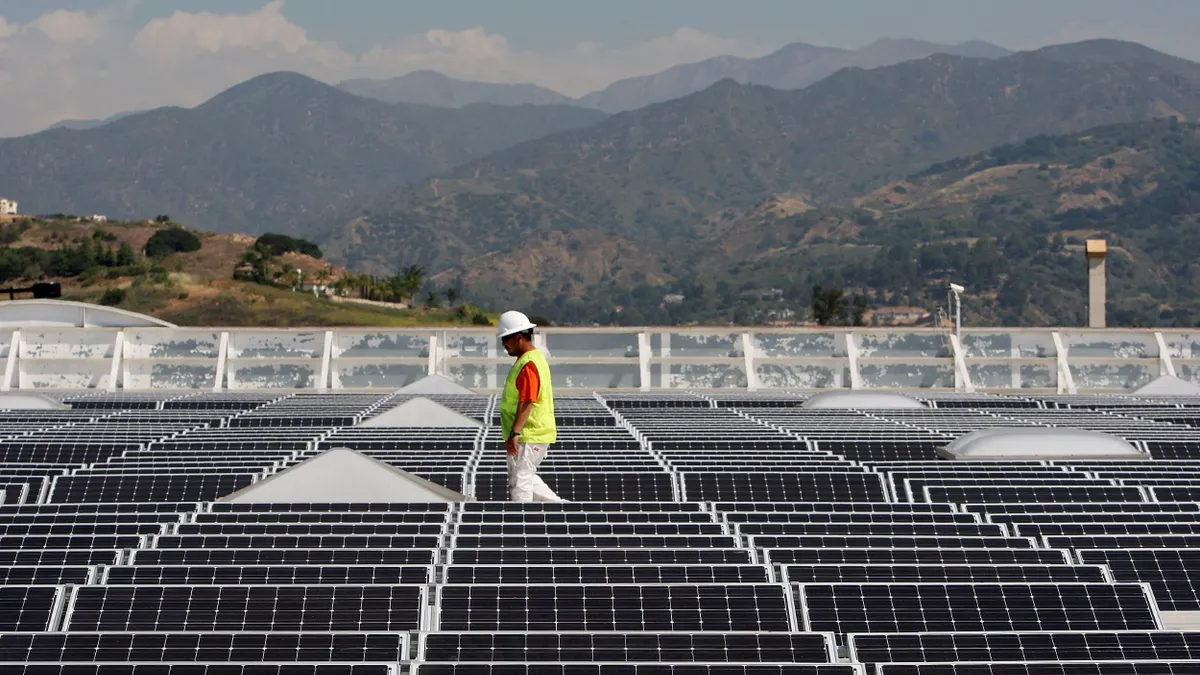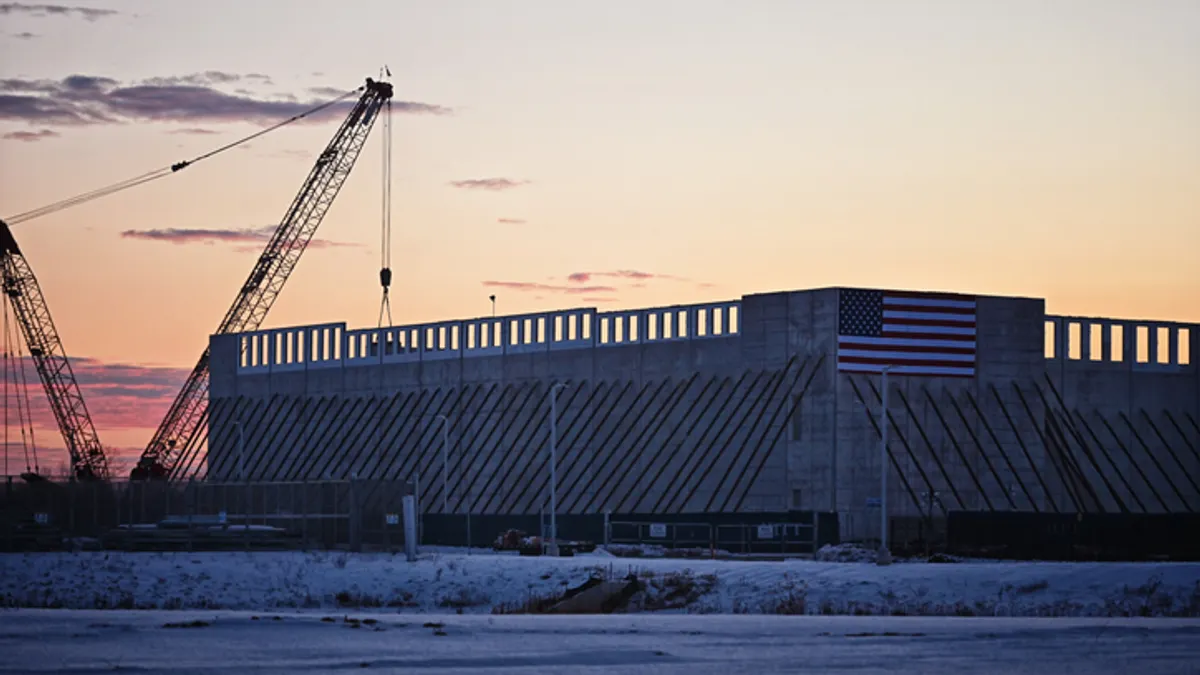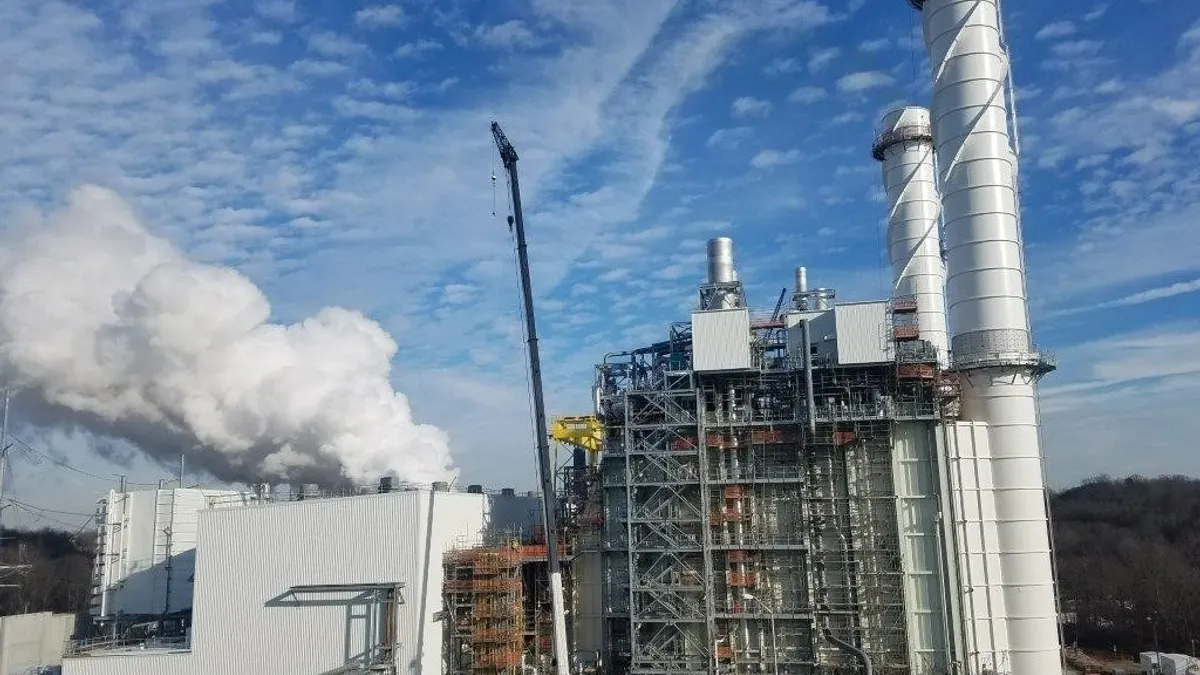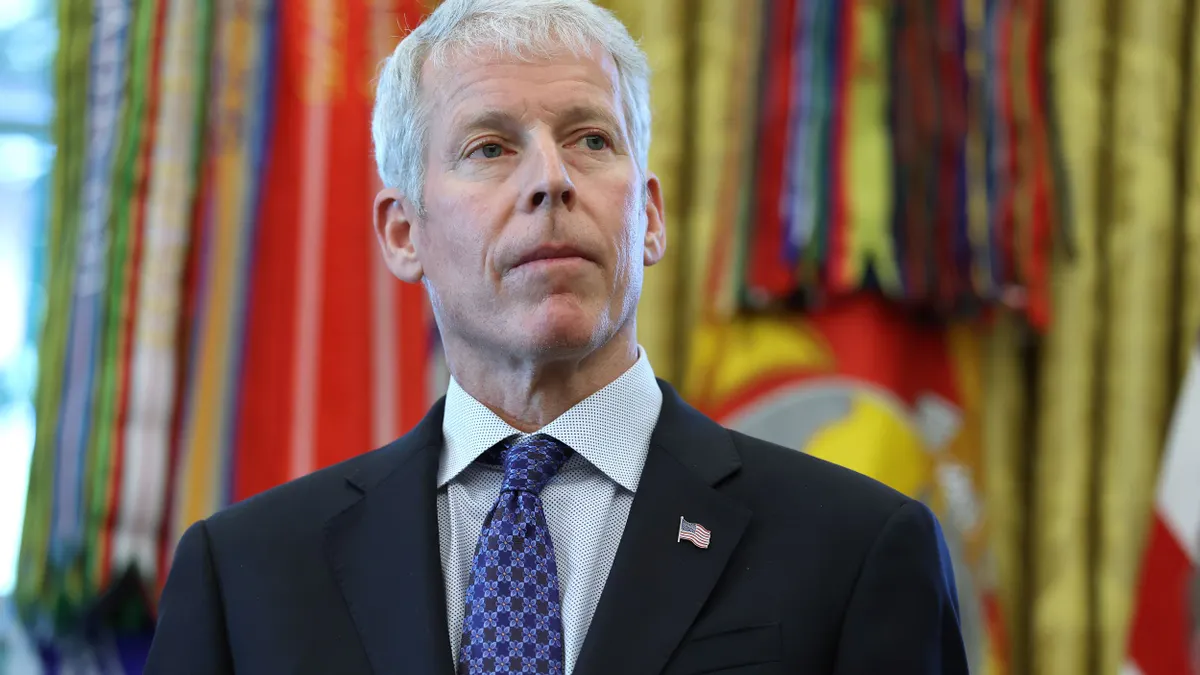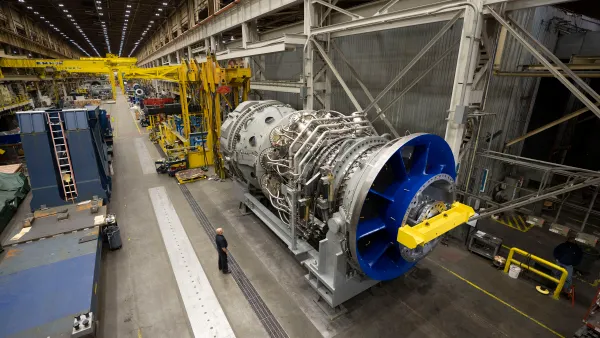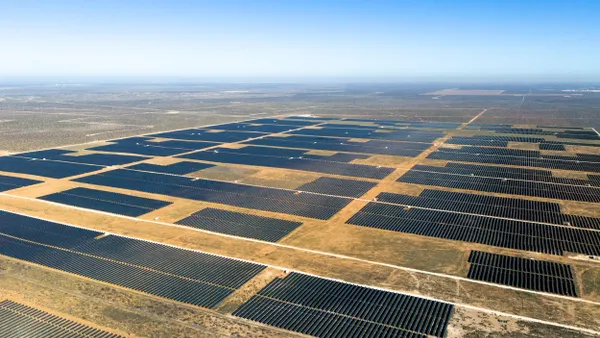The PJM Interconnection must make significant changes to its plan for meeting the Federal Energy Regulatory Commission’s grid interconnection requirements, the agency said in a decision released Thursday.
The issue centers on FERC’s Order 2023, which set baseline requirements for grid interconnection rules. It requires a “first-ready, first-served” cluster study approach and made other reforms intended to cut down the interconnection backlog. The rule also set deadlines for regional transmission organizations and other transmission providers to complete interconnection studies, and imposed penalties for missing those deadlines.
PJM had said that its existing interconnection process, which FERC approved in November 2022, met the requirements of Order 2023.
But in its decision this week, FERC said that while parts of PJM’s process complies with Order 2023, the grid operator must revise others.
FERC gave PJM 60 days to propose changes to its interconnection rules. Some of them include:
- Striking language that says PJM must only make “reasonable efforts” to meet certain deadlines;
- Describing how network and substation upgrade study costs will be allocated;
- Explaining how network system upgrade costs will be shared;
- Requiring transmission owners to use operating assumptions in their interconnection studies that reflect the planned charging behavior of battery storage projects; and,
- Requiring that interconnection studies include an evaluation of grid-enhancing technologies.
FERC’s order comes amid a spike in PJM’s capacity costs, which reflect tight supply and demand conditions in its footprint in 13 Mid-Atlantic and Midwest states, and the District of Columbia.
One of the first steps in building new power supplies is successfully passing through a grid operator’s interconnection process.
PJM has paused its review of new interconnection requests as it works through a backlog of interconnection requests. The grid operator expects to begin using its reformed process to start evaluating new requests next year.
PJM has approved about 46 GW of interconnection requests for generating projects that have yet to be built, according to the grid operator. It expects to finish reviewing an additional 63,000 MW of interconnection requests through 2026.
Getting new power supplies online is urgent, and interconnection reforms can help, according to FERC commissioners.
“We only have to look to the news in terms of soaring energy demands and the cost consequences for real consumers to see how much this work tangibly matters,” FERC Commissioner Lindsay See said during the agency’s open meeting Thursday. “We're going to continue to commit to work with [grid operators and utilities] on fast, innovative and fair solutions to get more sources connected and doing their job, delivering power quickly.”
More work on interconnection reform is needed, but acting on PJM’s compliance plan — the last major pending FERC Order 2023 compliance plan — is a “step in the right direction,” FERC Commissioner David Rosner said.
Roser highlighted a separate decision that shows how frustrating the interconnection process can be. In that decision, FERC approved an 18-month extension of the commercial operation deadline for a key part of a 180-MW wind farm under development by ENGIE North America in Iowa. The new deadline is June 1, 2028.
The Midcontinent Independent System Operator started studying an interconnection request for the North Hills wind farm in 2017, according to FERC’s decision. The project was hit with multiple delays, including from a Jan. 20 executive order from President Donald Trump ordering a pause on new leases and permits for wind projects, FERC said.
Also, import tariffs and the threat of tariffs on goods from Mexico, China and Canada, as well as on steel and aluminum imports, caused procurement delays, according to the agency. ENGIE said it expects to have completed an offtake agreement for power from the project in the third quarter.
“The [interconnection] delay was so long that the original equipment that they expected in their application is no longer manufactured, and so they have to ask for a waiver for more time,” Rosner said. “It's just taken too long, and … we have, unfortunately, examples like this all the time that show us these problems, and the only way to solve those problems is with speed.”
Here are three other takeaways from FERC’s open meeting.
Christie to leave in early August. FERC Chairman Mark Christie said he plans to leave the agency in early August. He aims to help issue key orders, some of which face statutory deadlines. In a media briefing, Christie declined to say what those orders may be, noting FERC commissioners are barred from discussing contested cases the agency is considering.
When Christie leaves, FERC will have three sitting commissioners, enough for a quorum needed to issue orders. However, the three remaining commissioners — Rosner and Judy Chang, Democrats, and See, a Republican — may have conflicts from their previous work that could keep them from participating in certain cases, which would prevent votes on them until at least one of the agency’s two empty seats are filled.
President Donald Trump named Laura Swett, an energy attorney and former FERC staffer, and David LaCerte, an official with the U.S. Office of Personnel Management, to fill the empty seats. The nominations must be cleared by the Senate Energy and Natural Resources Committee and the full Senate, a process that can take months.
Before joining FERC, Christie served as a member of the Virginia State Corporation Commission for about 17 years. During the open meeting, Christie said one of his guiding principles as a utility regulator is to consider the people who, unlike lawyers and lobbyists, aren’t present at agency deliberations but who are affected by commission decisions.
“When you're on a commission like this, when you're on the Virginia commission, when what you do affects what people have to pay in their monthly bills — and God knows we have millions of people struggling to pay their bills these days,” Christie said. “When it affects whether their lights are going to stay on, you have to remember those people who are not in the room.”
FERC approves IBR reliability standards. FERC approved two North American Electric Reliability Corp. reliability standards that require inverter-based resources — wind, solar and battery systems — to ride through frequency and voltage excursions like faults on the transmission system instead of tripping offline.
The final rule largely adopted a proposal FERC issued in December. FERC directed NERC to review concerns raised by some stakeholders about the rules’ exemption provisions and potentially propose changes to them. Some stakeholders contend that without the changes, existing IBR projects may be forced into early retirement and projects that are under construction may be canceled before reaching operation, according to FERC.
“While providing latitude to address these two concerns raised by commenters, NERC and industry should be mindful of the commission’s overarching concerns … that a comprehensive and timely resolution is needed so that IBR performance no longer poses a threat to the reliable operation of the bulk-power system,” FERC said.
FERC eases hydro permitting requirements. During the meeting, See highlighted FERC’s July 3 decision to adopt two "categorical exclusions” that exempt certain hydroelectric activities from environmental impact statements and environmental assessments.
Categorical exclusions are types of actions that a federal agency has determined generally do not significantly affect the human environment. By adopting the two exclusions that are already used by the U.S. Bureau of Reclamation, it won’t take as long to get approvals for certain maintenance, replacement and safety enhancing projects at hydro facilities, according to See.
“Hydropower is such an important resource that doesn't always get top billing when it comes to reliable and clean energy, but serves a really important role in our nation's energy portfolio,” See said. “We'll keep looking for more when it comes to streamlining permitting and maintenance approvals in that space.”



